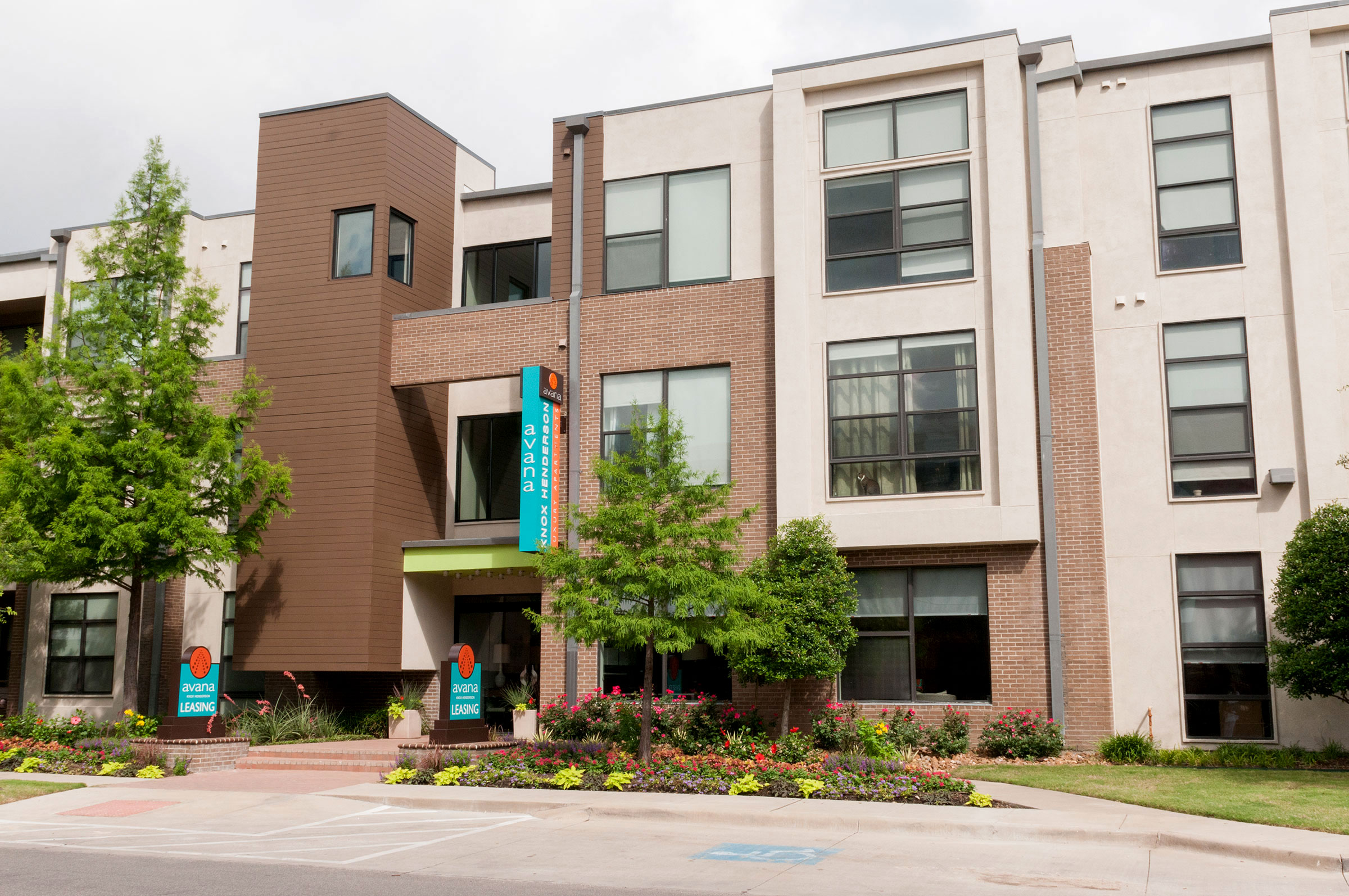The many cranes and construction sites around town are often seen as a harbinger of a bolder and brighter future for Dallas. But is all the building really making this city better, or is it turning Dallas’ streetscapes into a glut of uninspiring, cookie-cutter, cheaply thrown together crap?
If you’ve ever driven around Uptown, or near Fitzhugh, or any of the parts of town that have seen rapid development of new apartment blocks, you know what I’m talking about. They’ve been called the most Dallas-y apartments, or contemporary Soviet-style, which is an insult to much of the Soviet-era brutalism I admire. In fact, I believe Soviet-style apartment blocks would be an improvement over Dallas’ version of homogenization, whose very insipidness is rooted to the many failed attempts at meaningless variation — some bricks here, a splash of yellow there, an out-of-place historical accent plopped on a facade that is as bland as a sheet of copy paper.
How come Dallas developers build so much of this stuff?
Well, lots of reasons.
Sometimes it is form-follows-timidity: developers simply replicate what has worked before.
Sometimes it is a case of form-follows-zoning: developers fill up a lot to the absolute maximum in order to maximize profitability, and then they have to adorn what amounts to big boxes with some sort of exterior finish.
Sometimes its form-follows-tastelessness: if you make a building that has any definable character or makes any kind of design statement, some of your customers might not like that statement. Better to use a design that can simultaneously hint at any number of styles while not really having any style at all. It is the architectural endgame of a kind of hyper-consumerism found throughout contemporary culture.
But then there are so many more reasons for crap design. Over on Candy’s Dirt, Jon Anderson lays out a few, including developers’ misconceptions about the cost of good architecture; design compromises that arise when developers try to appease neighbors; developers’ desire to steer more funds to the interiors of the property; and inadvertent side effects of building codes. Here’s a taste:
In stark, odd contrast, multifamily developers seem to feel there’s little incentive to a branded experience that attracts tenants from the street. Sure, they plaster their name on their projects, but the designs of the structures themselves are far from noteworthy. In fact, this “brand” of housing is a commodity, like so many bananas. It’s math on a spreadsheet. Tenants, it’s felt, just drive by every complex in a neighborhood and look. Their streetscape is largely unimportant beyond being tidy.
Sure, apartment buildings plow money into the interior and public spaces. But these are actually the cheap pieces that are relatively easy and inexpensive to update as time goes on, especially compared to the exterior skin of the building.
Anderson’s article is well worth a read, and I especially agree with his last point. We need to shame developers into delivering buildings that will make Dallas more dense and more beautiful:
One day, I’d love to see a developer’s grandchild pushing their wheelchair and proudly pointing to a profitable building that was also beautiful. Then he’d point to me in my wheelchair and say, “… and that’s the schmuck that made me do it.”





